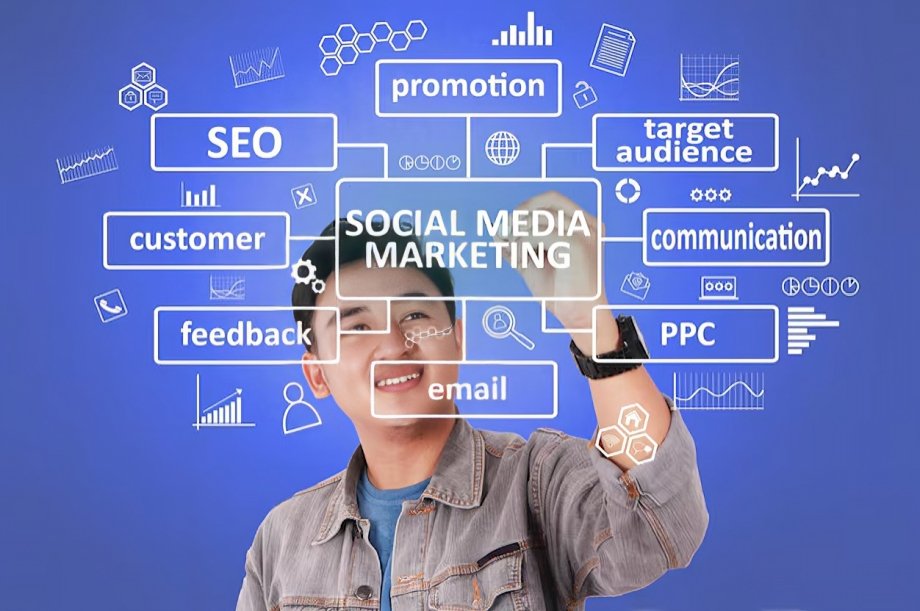
Features of Digital Marketing: A Complete Guide with Key Benefits
Digital marketing has turned into the modern business backbone. Whether you pick a mommy-and-pop shop, a startup, or a conglomerate, online marketing will give you chances to get to your targeted audiences, build brand awareness, and increase sales. In this blog, we write in detail about the features of digital marketing, combining both traditional core features with some other modern-day aspects that every business should know.
1. Multichannel Promotion
One attraction of digital marketing is that multiple marketing channels can be used for a particular brand or product. These days, a company can go for search engine optimization, Google paid advertisements, Facebook, Instagram, YouTube, LinkedIn, email marketing, and more. This approach ensures that your message meets people where they spend most of their time online.
Example: A brand can run Instagram ads targeting the young crowd, publish SEO blogs to gather organic traffic, and place Google ads for the customer who is ready to buy.
2. Marketing Content In Different Formats
Writing is not the only mode of doing marketing digitally. There is an ample variety of blogging, video creation, making infographics, podcasting, reels, stories, or meme generation! Brands diversify in the conveyance of their message to satisfy the preferences of the audience.
Example: Educational brands usually have YouTube videos for tutorials, blog posts for detailed guides, and Instagram reels for quick tips.
3. Wide Reach
Unlike traditional marketing, digital marketing has no connotation of a local language. Hence, product marketers have the basic right to hold audiences from cities within their country to across the world. With mobile internet and cheap smartphones, even a far 'village' is now considered a potential market.
4. Target Audience
Digital media allow precise targeting on the criteria of demographics, interests, behavior, or Internet activity. This guarantees that the advertiser does not waste on the wrong audience.
Example: Targeting for fitness equipment may include people who like pages of gyms or fitness influencers or those who have recently searched for home workout equipment.
5. Interactions
Digital marketing means two-way communication between brands and customers. People can comment, like, share, and chat directly with your brand. This isn´t possible with TV or print ads.
Example: An Instagram story poll or Q&A is an easy way for brands to interact with their followers.
6. Personalization
Personalization is a factor in making digital marketing highly effective. From personalized emails to suggesting products to you based on browsing behavior, businesses have a way to connect with customers on a one-on-one basis.
Example: Sites like Amazon suggest products based on your previous searches and purchases.
7. Set Key Performance Indicators (KPIs)
Every marketing activity can be tracked and measured. KPIs give a clear insight into what is working and what needs improvement, such as traffic to the website, click-through rate, conversions, ROI, and levels of engagement.
8. Automation
Automation tools like HubSpot, Mailchimp, and Hootsuite allow businesses to save time and increase efficiency while performing simple repetitive tasks. Such processes include sending follow-up emails, scheduling posts, and segmenting leads.
9. Marketing Analytics
Marketing Analytics is one of the powerhouses of digital marketing. Tools like Google Analytics allow you to see how users interact with your website, where they come from, and what actions they take.
This data-driven approach allows businesses to make better decisions and improve the performance of campaigns.
10. Data Analytics and ROI Tracking
Digital marketing ensures that real-time ROI tracking is a reality. For each campaign, you can see CPC, ROAS, CPL, among others. Whereas in a conventional mode of marketing, such detail is not feasible.
11. Personalization & Segmentation
Segmentation takes the idea of personalization a step further as it allows brands to divide their audience into small groups. For instance, different types of emails may be sent to new subscribers versus the loyal ones.
12. 24/7 Availability
Nothing holds back digital marketing. Your website, ads, or content work all the time, generating leads and sales even when your office is closed.
13. Budget-Friendly Solutions for Marketing
Compared to TV, radio, and print media, it is fairly cheap to advertise through digital media. Small businesses with low budgets, too, can run social media ads, create blogs for their brand, or engage in email marketing.
14. Regional Language Content
In countries similar to India, regional language content is a gigantic term. A run of Hindi or Tamil or Bengali or Marathi campaigns keeps the advertiser on a more personal level.
15. Mobile-First Approach
Since most of the population accesses the internet on their smartphones, it has become imperative to have a mobile-first approach. Today, brands create mobile-friendly websites, run mobile advertisements, and churn out quick content such as reels and TikToks.
16. Rural Marketing and the Need to Bridge the Gap
Marketing digitally will help firms connect with the rural communities via affordable platforms such as WhatsApp, Facebook, and vernacular YouTube content, thereby bridging the divide between urban and rural.
17. Future Trends and Innovations
Digital marketing is an ever-changing landscape. Some of the future trends will be:
- Metaverse and virtual shopping experiences
- AI-powered personalization
- Voice search optimization
- Sustainability campaign
- AR/VR product demos
🔹 Additional Features to Consider
18. Scalability & Flexibility
Digital campaigns can start on a low scale and can very quickly scale up. A startup can launch a digital campaign with very little investment and increase its investment after observing initial positive results.
19. International Presence With Some Local Accent
Targeting foreign audiences can be done while campaigns are fine-tuned for local culture and language.
20. Real-Time Feedback & Optimization
Campaigns can be optimized in real time. For instance, if one advertisement suddenly stopped performing, you could pause it, fix it, and relaunch the whole thing in just a matter of minutes.
21. Higher Engagement Rate
Digital marketing is a way of fronting engagement by using quizzes, contests, polls, gamification, and live streaming.
22. Eco-Friendly Marketing
And since everything is online, digital marketing somehow cuts back on paper usage, banner designs, and other physical materials, thus leaning towards a more sustainable direction.
23. Community Building
Brands build strong communities online through groups, forums, and events. Communities increase loyalty and create word-of-mouth publicity.
24. AI & Chatbots Integration
Chatbots and AI-powered assistants have instant support and lead-generation capabilities, serving a stellar customer experience by being available 24/7.
✅ Conclusion
Digital marketing is not just a trend but represents an absolute necessity in this competitive business world. The features of digital marketing (from multi-channel reach to personalization, analytics, and automation) provide basis for businesses to grow faster, smarter, and more efficiently. Adding modern features, such as AI, environmentally friendly campaigns, and community-based programs, makes it even more potent.
If you are a business owner or marketer, keep these features in mind so you can strategize better, save money, and get the highest ROI possible.
❓ FAQs on Features of Digital Marketing
Q1. What are the main features of digital marketing?
Some of the key features are multi-channel promotion, personalization, cost-effectiveness, analytics, wide reach, automation, and availability 24/7.
Q2. Why is digital marketing cost-effective?
Unlike in traditional marketing, a business gets to practice target marketing in digital marketing, and a set of tools allow the advertiser to track the target audience behavior. Essentially, one pays for clicks or impressions that benefit one's advertisement, cutting down on the wastage incurred.
Q3: How does marketing improve with personalization?
Personalization favors an enhanced customer experience by offering them content, offers, and products they are most interested in.
Q4: Can digital marketing also help small businesses?
Yes, small businesses can use SEO, social media, and local advertising to increase brand visibility and sales, even if they do not have a big marketing budget.
Q5: What will be the future of digital marketing?
With digital marketing, future will be AI and automation, AR/VR experiences, voice search, and sustainability-oriented campaigns.

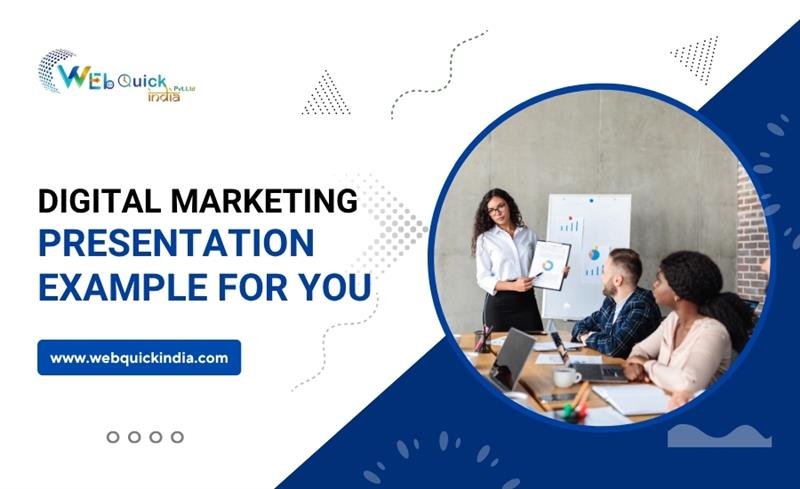
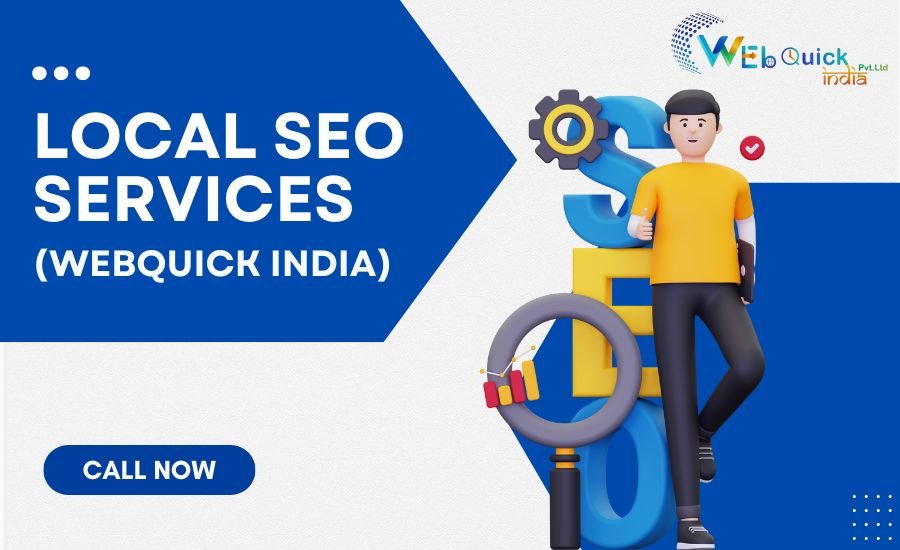
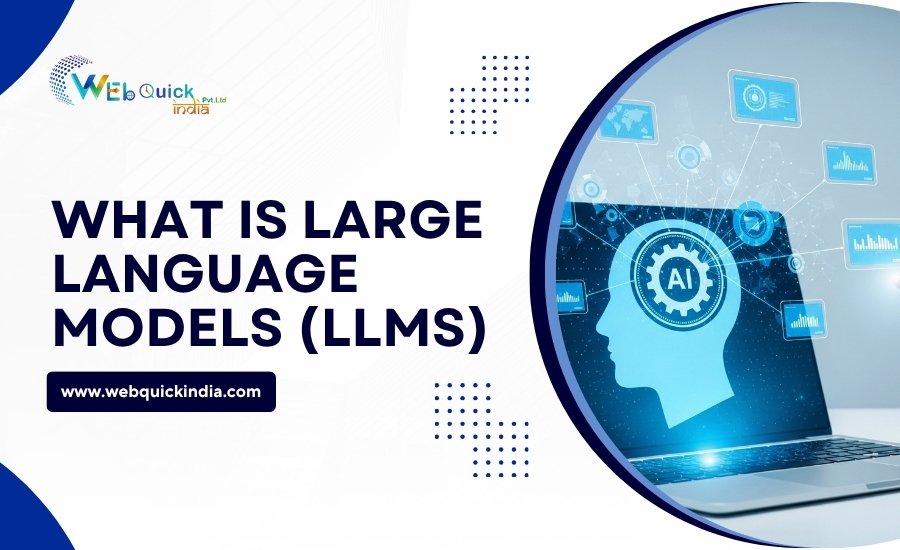

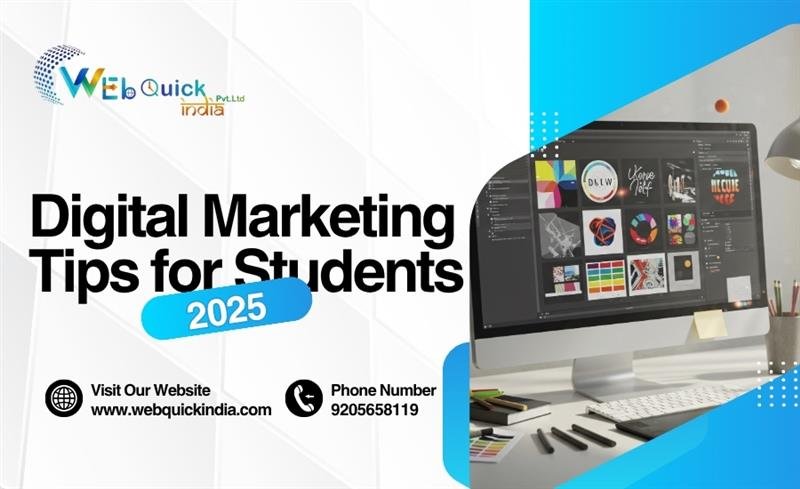

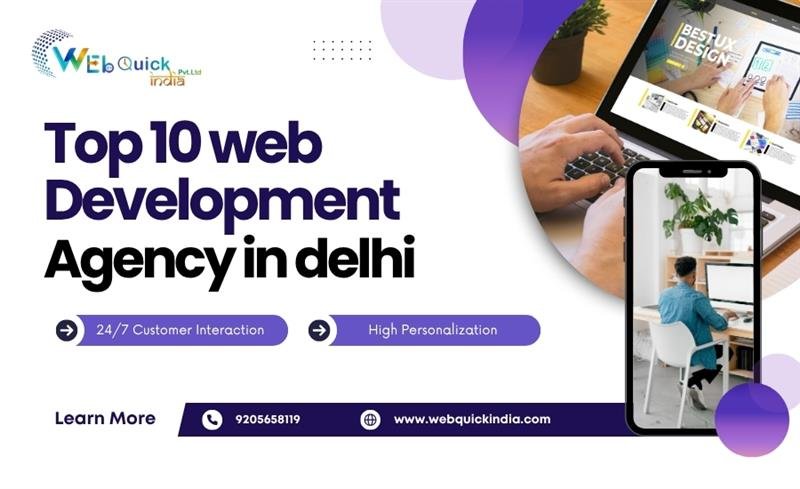
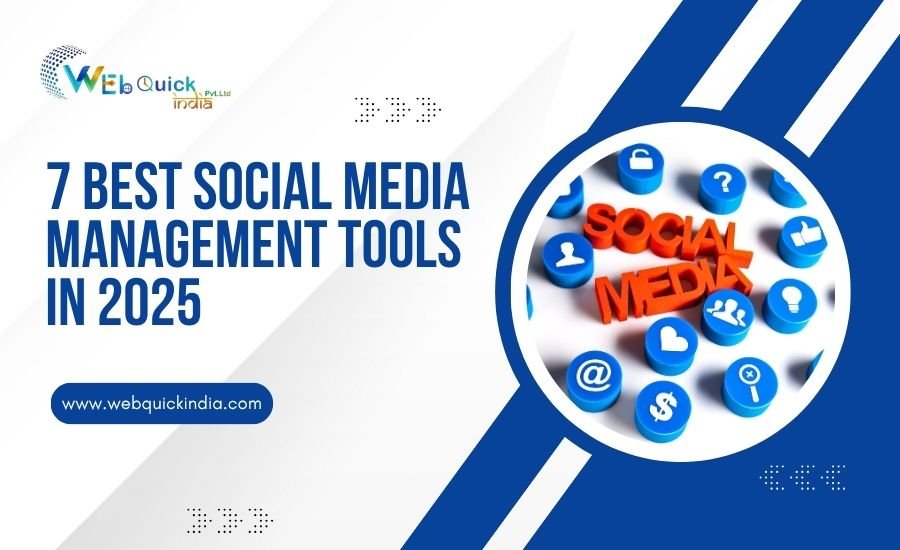
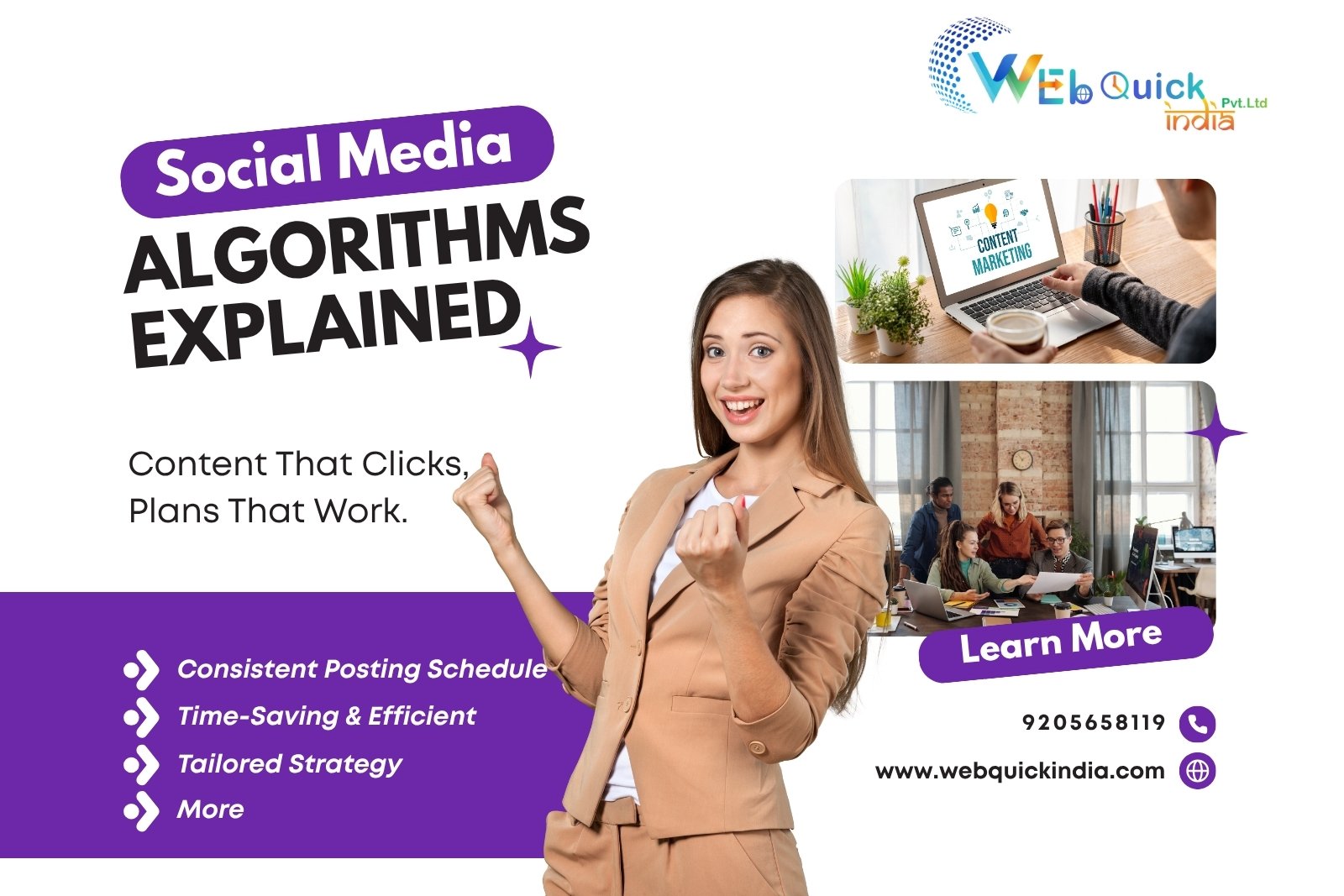
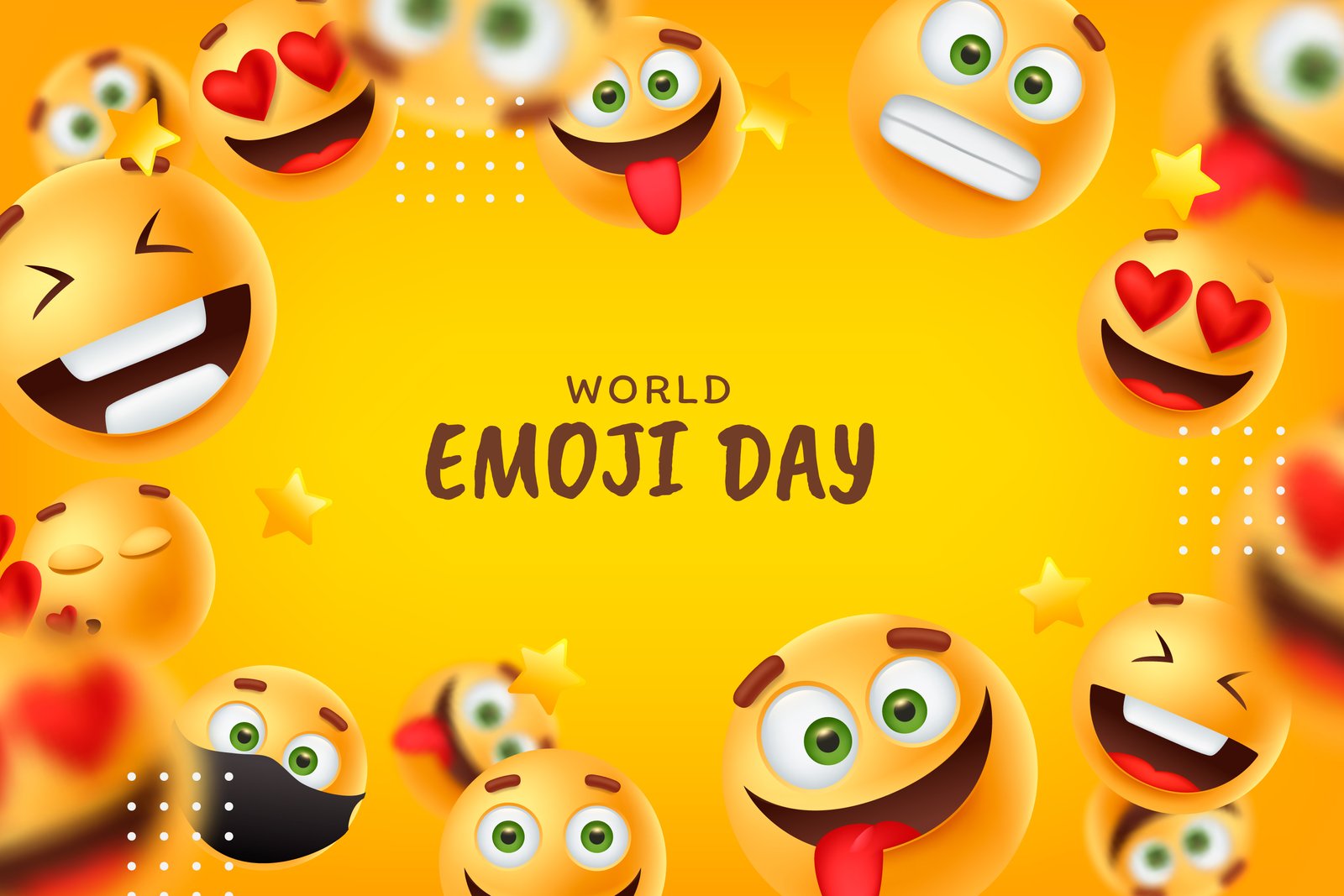
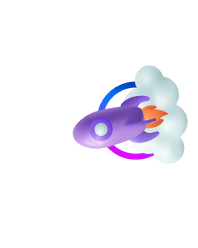
 How It works
How It works



